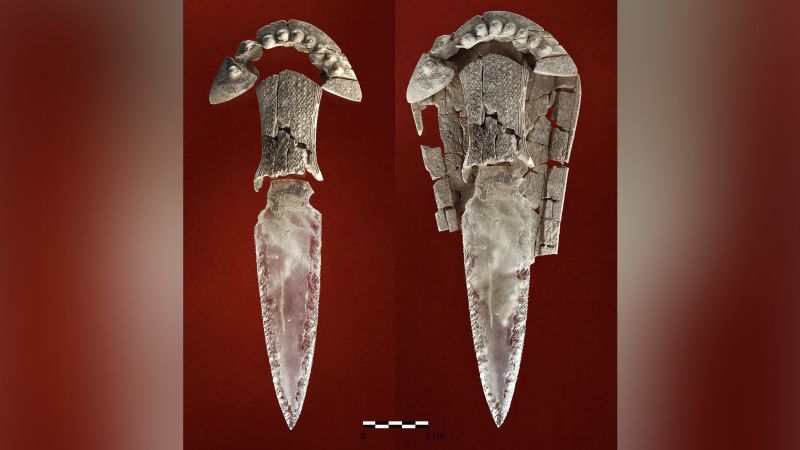Buried with an elephant’s tusk, an ivory comb, a crystal dagger, an ostrich eggshell and a flint dagger inlaid with amber, the skeleton discovered in a tomb near Seville, Spain, in 2008 was clearly once someone important.
Based on analysis of the pelvis bone, a specialist initially identified the 5,000-year-old skeleton as a “probable young male” who died between age 17 and 25. A team of European archaeologists dubbed the remains the “Ivory Man,” and began researching what they called a “spectacular” find.
More than a decade later, the researchers used a new molecular method in 2021 to confirm the skeleton’s sex as part of a broader study on the discovery, and they got quite a shock. It turned out that the “Ivory Man” was in fact female. Read more


